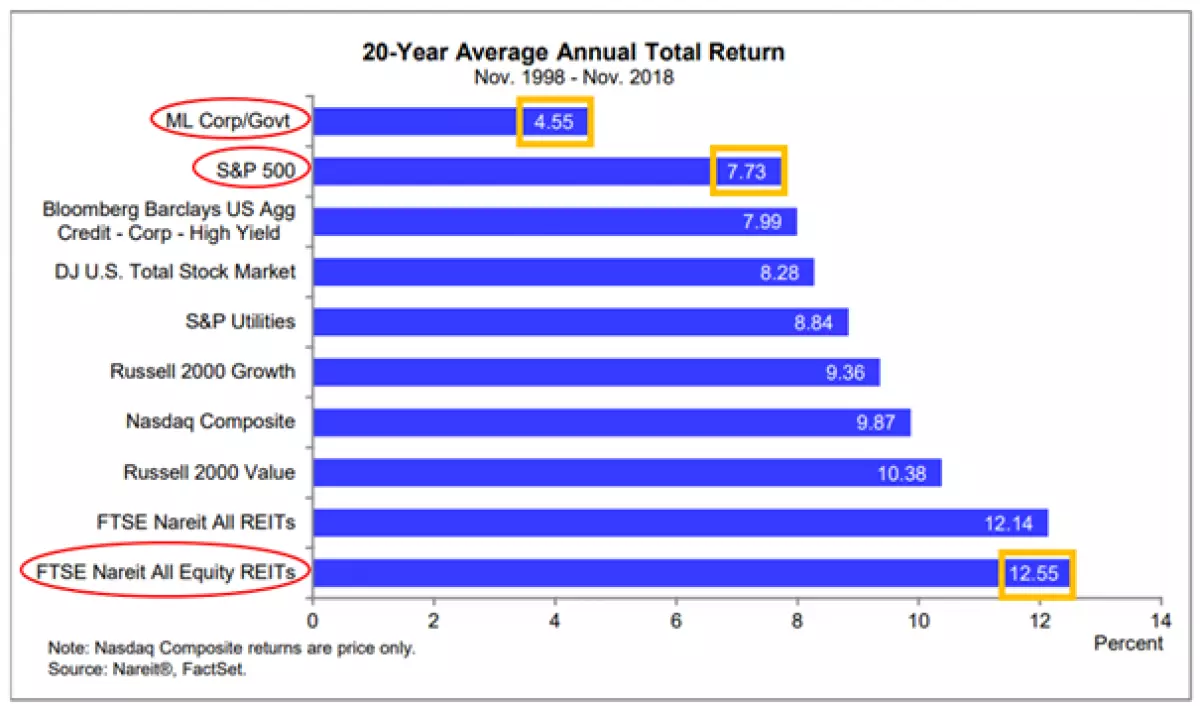Investing in REITs can seem complicated, especially for those unfamiliar with the unique terminology that comes with it. However, stepping outside the comfort zone of traditional stock investing can lead to rich rewards. Fortunately, you don't need to know everything to succeed. In this article, we will discuss a step-by-step process for building a REIT portfolio from scratch that will pay you monthly "rent checks."
Step 1: Individual REITs or REIT ETFs?
In the past, investing in the REIT sector meant purchasing individual REIT securities. However, with the introduction of mutual funds and exchange-traded funds (ETFs), retail investors now have more options. While mutual funds are not recommended due to their high fees, ETFs provide a low-cost way to gain diversification and access the financial markets. Popular REIT ETFs include those offered by Vanguard (VNQ) and iShares (IYR).
Both individual REITs and REIT ETFs have their pros and cons. ETFs offer instant diversification, require less time commitment, and often have lower expense ratios. On the other hand, owning individual REITs allows for more control over your portfolio and can potentially outperform market indexes.
Step 2: Where to Find Great REITs
When selecting REITs, focus on small-cap, internally-managed REITs with unique business models that generate considerable alpha. Look for REITs with lengthy streaks of consecutive dividend increases that have recently sold off to sizable discounts. Dividend growth streaks indicate a consistent business model, and shareholder-friendly management teams are also important.
Step 3: How to Know If A REIT Is Trading At An Attractive Price
When investing in REITs, it's crucial to consider the price. Look for blue-chip REITs trading at or below their historical average price-to-FFO ratio. Another method is comparing the price per share to the net asset value per share. Buying high-quality real estate for less than it's worth can lead to outsized risk-adjusted returns.
Step 4: How Many REITs Should You Hold?
Diversification is essential, but there is a tradeoff. Holding too many REITs can dilute the potential gains. Studies have shown that portfolios of about 15-20 REITs can provide over 90% of the maximum benefit of diversification. Holding fewer REITs allows you to invest in your best ideas and reduces the time commitment required to research and manage a large portfolio.
Step 5: REIT Portfolio Building Strategy
Building a diversified REIT portfolio takes time and patience. Begin by investing in your highest conviction ideas and gradually diversify over time. Long-term investments are key, as they provide a competitive advantage over institutional investors. However, it's important to monitor your REITs and sell if they lose their competitive advantage or become wildly overvalued.
Step 6: Adopting the Landlord Mentality
Investing in publicly-traded REITs exposes you to daily volatility. To avoid making emotional decisions, maintain a landlord mentality. Focus on businesses you understand, prioritize cash flow, seek consistency, and take a long-term approach. Viewing REITs as real estate investments rather than stocks leads to a more disciplined and successful investment strategy.
In conclusion, investing in REITs is essential for building a portfolio that generates passive income during retirement. While ETFs are an easier option, combining your know-how with identifying quality REITs trading at discounts can lead to considerable alpha over the long term. Start building your REIT portfolio today and enjoy the benefits of early retirement and stress-free landlording.
 Image Source: source
Image Source: source

















